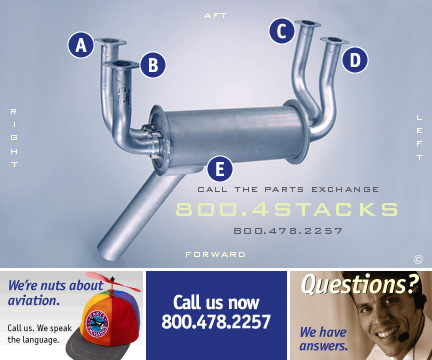Polishing and porting
Read this thread with much interest, but the only mention of the use of instrumentation is the entry of the flow bench. I, too agree that Continentals, and especially Lycoming are pretty poor.
Typically, looking carefully beneath a valve seat of the majority of Lycoming cylinders, and you'll find a gap, which does not a smooth flowing port make. From dyno experience, there is a gain in a properly shaped port, with correct flow, and there will be a power gain. The gain can only be measure with the use of a dynomometer. Conjecture, ain't gonna cut it.
It is true that by removing all the "hockers" hanging on any typical Lyc/Conti cylinder, will indeed aid cooling, which in it self, is a power robber. Polishing is another matter. A bright mirror polish is a very poor idea, especially in air cooleded engines. A smooth finish is far superior. The natural tendency for fuel to "stick" to the surface, will aid tremendously in cooling and fuel/air distribution, in addition to dissipating unwanted heat.
On dynomometer pulls, we found that "polishing/porting" was not an automatic power gain, and that if it was to be, it required flow charisteristics that complied with the remaining ot the components of the engine.
In the case of Lycomings, unless dractic measures are taken to significantly improve porting shapes, which will improve flow in conjunction with the rest of the components, the 15hp gain is very questionable.
The gains to be had will be that all ports can be made to be somewhat equal in volume, and that they can help out in much need cooling, which will prevent power from being robbed. Yes, it would be a power gain, but power that's already there.
Keep in mind that horsepower is also a function of engine speed, and for that reason, a 15 hp increase is questionable, however, better cooling and "evenly" flowed conduits is always a help, if for any other reason, a reduction fuel consumption for the same power setting, which in itself can be construed as a power gain.
One other little tidbit, if the Lyc was to be a candidate for improving flow, engines can be "overflowed". This is a fine balance in which all components, manifolding, carburation/FI, engine speed, cams, etc, must be "balanced". Just because the flow bench indicated that gases movement can be quadrupled, for example, does not meat that it will increase power. In most cases is just the opposite.
T88





